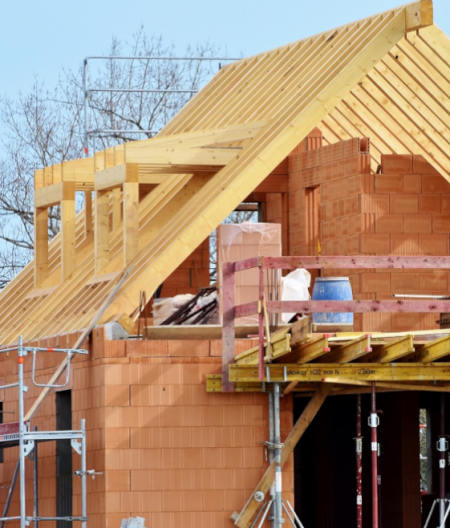A Crucial Component in Modern Construction
Windposts, while not frequently discussed outside of engineering and architectural circles, play a pivotal role in the construction industry. These elements, essential in ensuring the structural integrity and longevity of a building, act as silent guardians against the ravages of strong winds. In the complex world of construction, it's often the unseen elements that play the most vital roles. Windposts, though largely hidden from view, serve as the backbone of many structures, ensuring they stand tall against the relentless forces of nature. As we advance in architectural design and push the boundaries of what's possible, the role of such reinforcing elements only grows in importance.
What are Windposts?
At its core, a windpost is a vertical structural element designed to counter the lateral loads, primarily from wind pressure, on masonry walls. These loads can exert significant pressure, causing potential deformation or even collapse of walls. Windposts are installed within cavity walls or other wall constructions to provide the necessary stability and support.
Material and Design
Windposts are generally made from durable materials, with stainless steel being a common choice due to its resistance to corrosion and its impressive strength-to-weight ratio. The design of a windpost can vary based on the specific requirements of a construction project. Common designs include:
- Channel section: Offers resistance to twisting and can easily be incorporated into cavity walls.
- Double channel section: Offers resistance to twisting and can easily be incorporated into cavity walls.
- ‘I’ section: Resembles a steel beam in cross-section and offers significant resistance to wind pressures.
Applications
Windposts are versatile and can be found in a range of applications, including:- Large buildings: In skyscrapers or large commercial complexes, where wind loads can be especially high.
- Bridges: Providing stability against both wind and dynamic loads from traffic.
- Cavity walls: Offering reinforcement and preventing the walls from bowing outwards due to lateral pressure.
- Areas with high wind exposure: In geographical regions prone to high winds or cyclonic conditions, windposts are integral to the structural safety of buildings.
Installation and Maintenance
Proper installation of windposts is essential. They must be correctly positioned, anchored, and tied to the walls for optimum performance. Typically, ties are used to link the windpost to the inner and outer leaves of masonry. Maintenance is generally minimal, especially when using corrosion-resistant materials like stainless steel. However, periodic inspections are advisable to ensure the structural integrity remains uncompromised.





